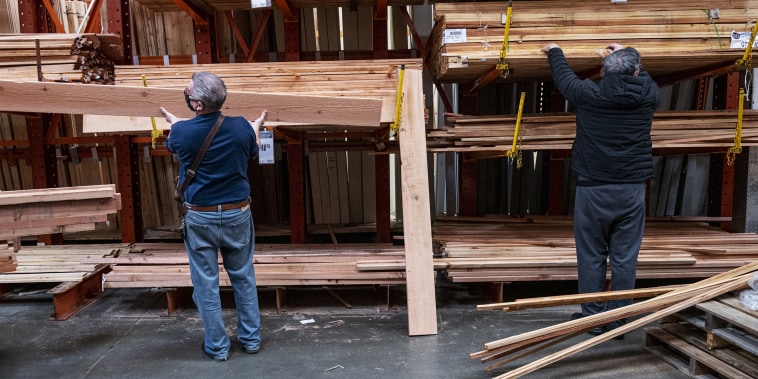The housing market has experienced a notable shift in recent years with fewer homeowners opting for remodeling projects. While the overall trend may suggest a decrease in renovation activities, it is essential to recognize that this does not indicate a lack of demand in the sector. Instead, the nature of remodeling projects and the motivations behind them have evolved, reflecting changing preferences and economic factors.
One of the key drivers behind the shift in remodeling patterns is the changing demographic landscape of homeowners. With millennials making up a significant portion of homebuyers in recent years, there has been a noticeable preference for move-in ready homes rather than fixer-uppers. This demographic cohort, often saddled with student debt and faced with a competitive housing market, is more inclined towards homes that require minimal renovation work upon purchase.
Moreover, the rise of the sharing economy and the increasing popularity of platforms like Airbnb have also played a role in shaping remodeling trends. Homeowners are now more likely to invest in upgrades that can potentially generate rental income or increase the value of their property on the short-term rental market. This shift towards strategic remodeling aimed at maximizing returns highlights a pragmatic approach to renovation projects, moving away from purely aesthetic considerations.
Economic factors have also influenced the remodeling landscape, with fluctuations in interest rates and housing prices impacting homeowners’ decisions. Uncertainty in the market and concerns about the future have led some homeowners to adopt a more cautious approach towards major renovation projects, opting instead for smaller-scale improvements or maintenance work. This pragmatic approach reflects a desire to safeguard investments and navigate economic volatility effectively.
In addition to these factors, the availability of skilled labor and resources has also played a role in shaping remodeling trends. As the construction industry grapples with labor shortages and supply chain disruptions, homeowners may face challenges in executing large-scale renovation projects. This limitation in resources has led to a more thoughtful and deliberate approach to remodeling, with homeowners prioritizing essential upgrades and repairs over purely cosmetic enhancements.
Despite the shift towards fewer remodeling projects, the demand for renovation services remains solid, albeit in a different form. Homeowners are now seeking efficient and cost-effective solutions that enhance the functionality and value of their properties. This shift towards strategic remodeling, driven by changing demographics, economic factors, and resource constraints, reflects a broader evolution in the mindset of homeowners towards renovation projects. By adapting to these changing trends and embracing a more pragmatic approach, homeowners can effectively navigate the evolving remodeling landscape and make informed decisions that meet their needs and preferences.

